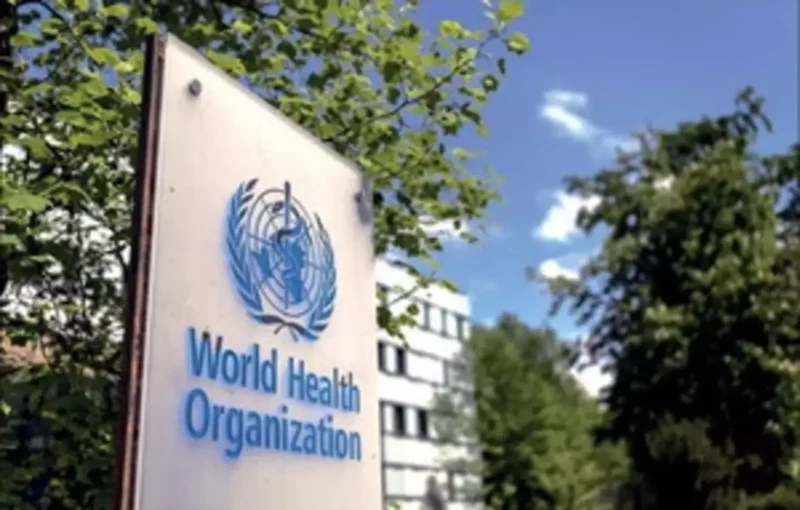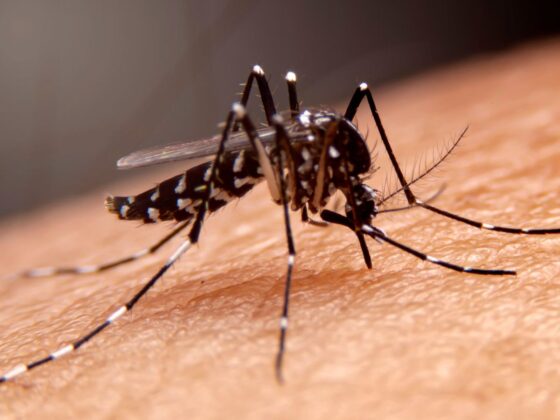New Delhi, 11 December 2024: A new report from the World Health Organization (WHO) reveals a startling statistic: every second, one person globally acquires a new genital herpes infection. This alarming rise in cases highlights a growing public health concern, with millions worldwide at risk of contracting the virus. The report underscores the urgent need for increased awareness, education, and preventative measures to address the spread of genital herpes.
The Growing Prevalence of Genital Herpes
Genital herpes, caused primarily by the herpes simplex virus type 2 (HSV-2) and in some cases, herpes simplex virus type 1 (HSV-1), is one of the most common sexually transmitted infections (STIs) worldwide. According to the WHO, over 400 million people aged 15-49 years were living with genital herpes in 2020, with a significant increase in the number of new infections. This statistic highlights how widespread the disease has become and the urgent need for effective interventions.
The WHO’s report notes that despite the high number of infections, many individuals are unaware they carry the virus due to the asymptomatic nature of many cases. This lack of awareness is a significant factor in the virus’s rapid spread. Symptoms of genital herpes may include painful sores, itching, and discomfort in the genital area, but these can often go unnoticed or misdiagnosed, further exacerbating the issue.
Factors Contributing to the Surge in Genital Herpes Infections
There are several factors contributing to the growing number of genital herpes infections. One of the primary drivers is the lack of consistent and widespread access to sexual health education, particularly in low- and middle-income countries. Many individuals remain uninformed about the risks of unprotected sexual contact and the importance of using protection, such as condoms, to prevent the spread of STIs.
Additionally, stigma surrounding STIs, including genital herpes, often discourages individuals from seeking diagnosis or treatment. Many people with genital herpes avoid getting tested due to fear of social judgment, leading to a lack of early detection and treatment. This hesitance only further perpetuates the spread of the virus.
The increase in casual and unprotected sexual encounters, often facilitated by dating apps and social media platforms, also plays a role in the rise of genital herpes infections. Young people, particularly those aged 15-24, are most at risk of contracting STIs due to increased sexual activity and lack of awareness.
The Impact of Genital Herpes on Public Health
While genital herpes is not typically life-threatening, the social and psychological impact on individuals can be significant. The stigma associated with having genital herpes can lead to feelings of shame, anxiety, and depression. In some cases, the condition may lead to recurring outbreaks, which can cause physical discomfort and distress.
Furthermore, genital herpes can increase the risk of acquiring and transmitting other sexually transmitted infections, including HIV. The presence of herpes sores makes it easier for other infections to enter the body, compounding the global burden of STIs.
In addition to the personal toll, the increasing prevalence of genital herpes strains public health systems. With millions of people living with the virus, there is an increasing demand for healthcare resources to provide diagnosis, treatment, and counseling. The ongoing rise in cases is a reminder that effective public health interventions are urgently needed.
Preventative Measures and Solutions
To combat the spread of genital herpes, the WHO emphasizes the importance of preventive strategies such as safer sexual practices, education, and accessible healthcare. The use of condoms during sexual intercourse remains one of the most effective ways to reduce the transmission of genital herpes and other STIs. However, it is important to note that herpes can still be transmitted through skin-to-skin contact even if there are no visible sores.
Increased awareness about herpes and its symptoms can lead to earlier diagnosis and treatment, reducing the risk of outbreaks and transmission. Antiviral medications can help control outbreaks, reduce the severity of symptoms, and lower the risk of transmission to others.
The WHO also recommends better sexual health education programs, particularly for young people, to promote safe sexual practices and reduce the stigma surrounding STIs. Comprehensive sexual education programs that include information on genital herpes, prevention methods, and the importance of regular testing are critical in reducing the spread of the virus.
The WHO’s recent findings on the global prevalence of herpes serve as a wake-up call to the growing sexual health crisis. With one new infection every second, the world is facing an urgent need to address the causes behind this alarming trend. Increased awareness, better education, and improved access to testing and treatment are essential to combat the spread of herpes and reduce its impact on public health. By promoting safer sexual practices and breaking down the stigma surrounding STIs, we can work toward controlling the spread of herpes and improving sexual health worldwide.










